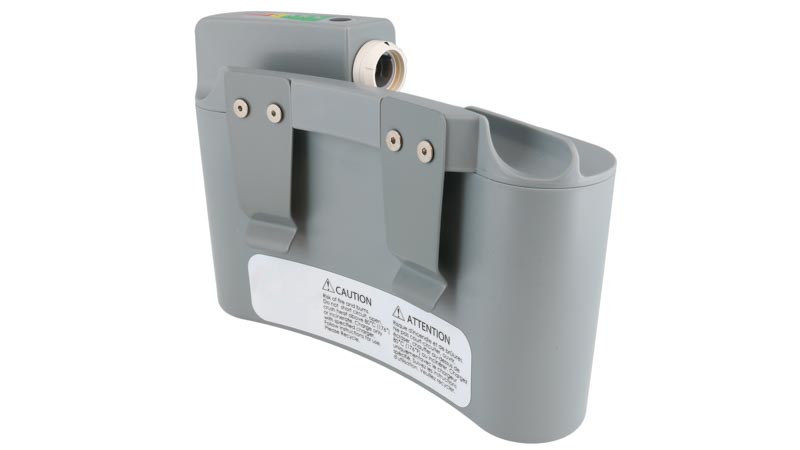Battery Packs for Medical Devices: Requirements and Certification Webinar
Batteries used in medical applications can be similar to batteries used in other applications. Still, depending on the type of medical device, medical batteries' requirements can be much more stringent, especially if the medical device charges the battery while in use.
Several design considerations must be addressed to ensure their safe use when used near or when the equipment is attached to the patient. Several regulatory requirements must be met. Testing is required to verify the safe operation of the battery and the medical device.

This process can be simplified by implementing various design techniques to ensure a robust design while getting to market faster with lower risks—these methods, along with a high-level overview of the major regulatory hurdles that must be met, will be discussed.
In this webinar we review medical device battery pack requirements and certifications including how requirements are different from stand-alone batteries as well as what is needed for certain medical products.
Check Out the Full Q&A
We have compiled all the questions submitted at the conclusion of this webinar into a readable format available on our blog.
Webinar Agenda:
- How are batteries used in medical applications different than batteries used in other industries?
- How do requirements differ from stand-alone battery-powered medical products vs. battery-powered products in close proximity to a patient?
- What are the most important factors when designing a battery to power a device connected to a patient?
- Changes to your overmold design – manage the impact.
- Stand-alone battery-powered product
- Plugged into the wall power battery-powered product
- What regulatory requirements must be met for various types of medical products?
- How can we meet the most stringent requirements with ease while getting to market faster?


